Are you ready to vote? I felt I should share some statements our church leaders have made. Below, you will find some great web resources to help you be informed on the candidates, ballot items, and judges in our area. I’m sure there are more out there; these are the ones I’m aware of.
Joseph Smith said: "Even this nation will be on the very verge of crumbling to pieces and tumbling to the ground, and when the Constitution is upon the brink of ruin, this people will be the staff upon which the nation shall lean, and they shall bear the Constitution away from the very verge of destruction." In other places, Joseph referred to this time being when the Constitution would hang by a thread. What is this last thread that is holding up the Constitution? President Ezra Taft Benson told us that this “our franchise (a right granted) to vote."
John Taylor said that the Elders of Israel (remember that women couldn’t vote, yet) should “understand that they have something to do with the world politically as well as religiously, that it is as much their duty to study correct political principles as well as religious” (Journal of Discourses, 9:340)
“It is time, therefore, that every American, and especially every member of the priesthood, became informed about the aims, tactics, and schemes of socialistic-communism. This becomes particularly important when it is realized that communism is turning out to be the earthly image of the plan which Satan presented in the pre-existence. The whole program of socialistic- communism is essentially a war against God and the plan of salvation—the very plan which we fought to uphold during ‘the war in heaven.’” (Ezra Taft Benson, Secret Combinations, Conference Report, October 1961.)
Also see Ezra Taft Benson, The Constitution- A Heavenly Banner, and D&C 98:6-10
This year there are four proposed amendments to the Utah Constitution, a number of races including the State Board of Education, a proposition for a bond, and 37 judges to vote on. If you go to https://vote.utah.gov/ you will find a box at the bottom of the page that says "What's On My Ballot?". Click on this and it will ask you some basic questions that verify if you are a registered voter. After this, it takes you to a screen that shows exactly what will be on your ballot when you go to vote. There are lots of links there to learn more about everything on your ballot.
Vote.Utah.gov - you can click on race by judicial district. You can find your district at https://secure.slco.org/clerk/elections/index.cfm
Full Listing of Utah Candidates
Project Vote Smart 2010 Ballot Measures, or Constitutional Amendments
2010 Voter Information Pamphlet
As for voting on the judges, they each have a 'scorecard', found online on the Utah Voter Information Pamphlet, staring on page 37. The scores are determined by the Utah Judicial Council, see http://www.utcourts.gov/committees/members.cgi?comm=1 for who this includes. Please read what their definitions are, because that affects the judges' scores (for instance, their definition of 'integrity' doesn't completely match mine). Good luck, do your homework, and go vote!
+ + + + + + + + +
Here are some simple things to do with Halloween candy, from Living On A Dime.com:
"After the kids are done Halloweening, I grab 24 candies for each child to save for a countdown to Christmas instead of buying the calendars in the stores. I usually keep them in a bag but you can get the kids to decorate shoe boxes or stick the candy to a calendar with tape."
Candy Bar Milk Shakes
1 cup mini candy bars, chopped
2 cups (1 pint) ice cream (chocolate or vanilla)
1/2 cup chocolate syrup
1 1/4 cups milk
Chop candies in a blender or food processor. This is easier if they are partially frozen. Add the rest of the ingredients. Mix until blended. This makes a thick shake. Add 1/4 cup milk for a thinner shake. Makes 2 milkshakes, about 16 oz. each, or 5 shakes if you make them 6 oz. each!


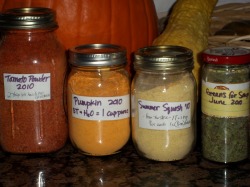





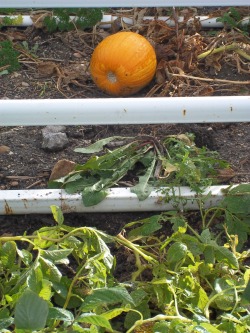

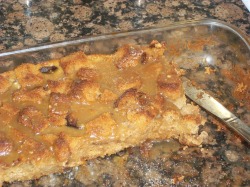
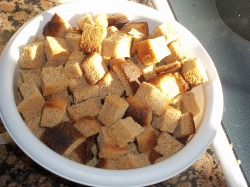
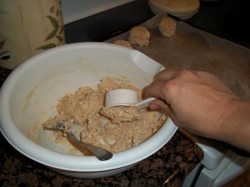

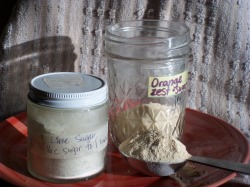
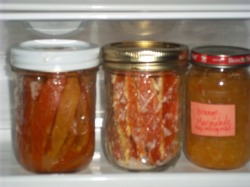
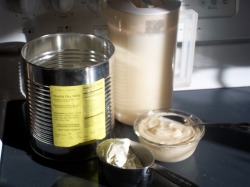
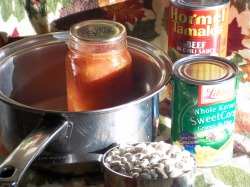
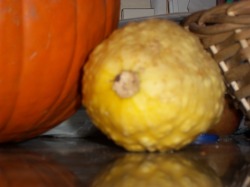
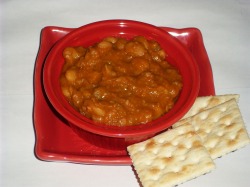
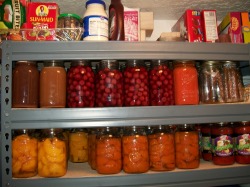
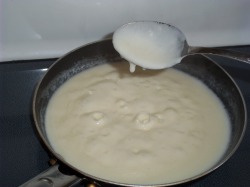
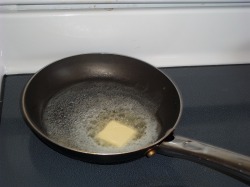
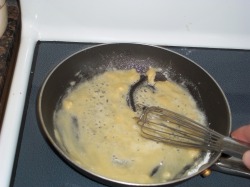
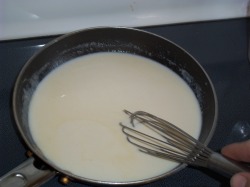

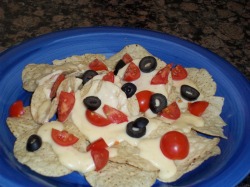
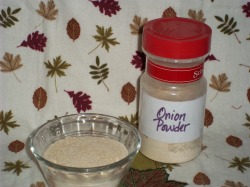
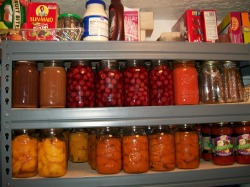
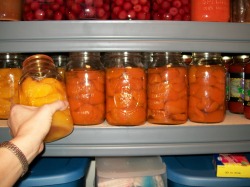
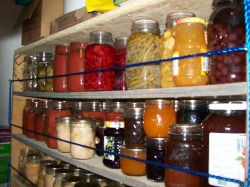
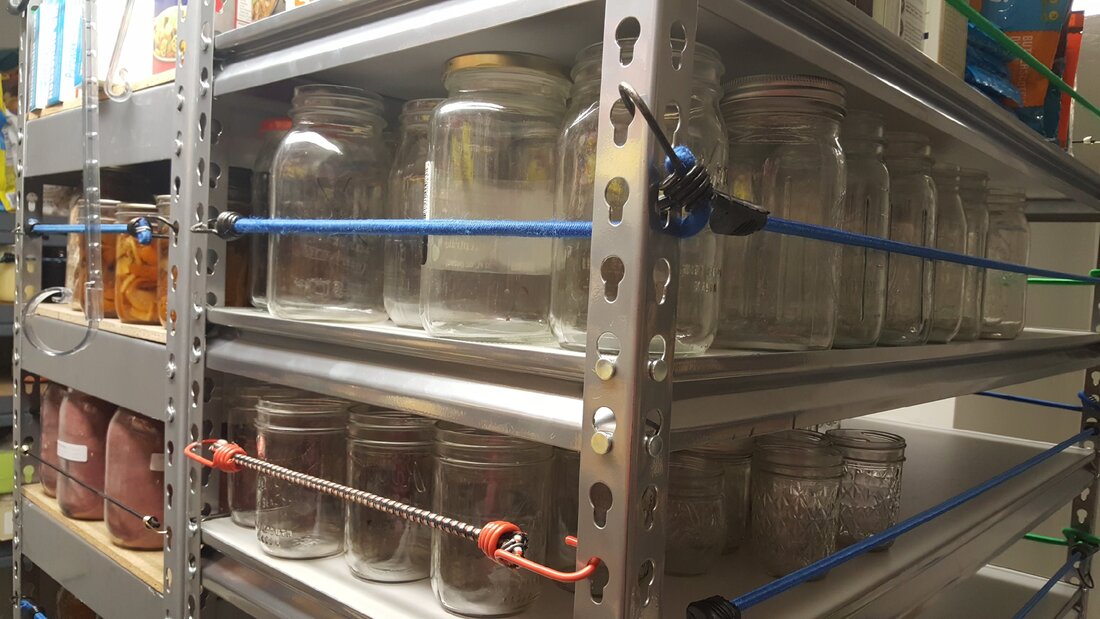
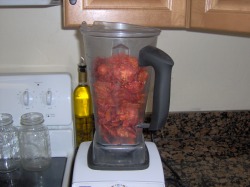
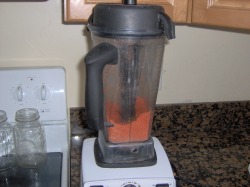
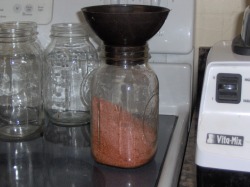
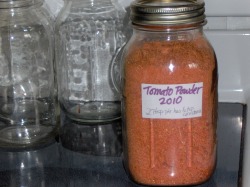
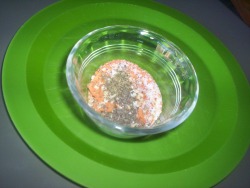
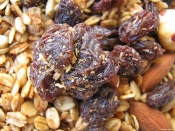
 RSS Feed
RSS Feed